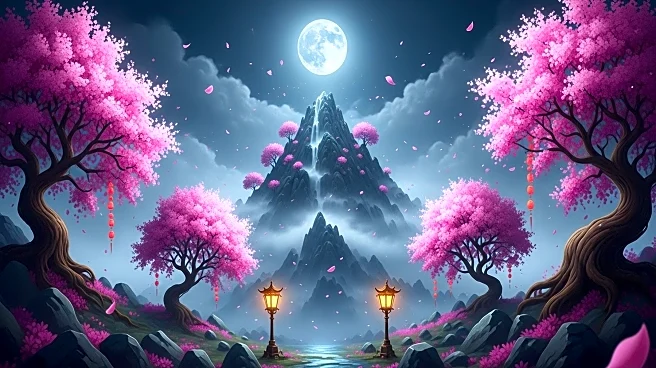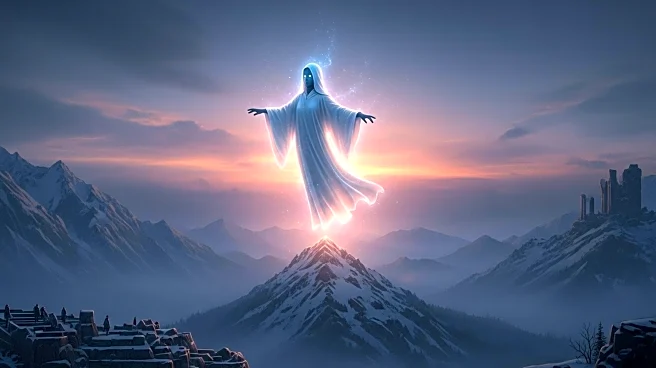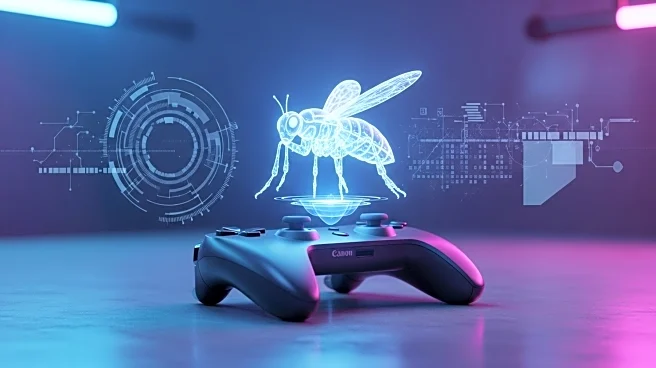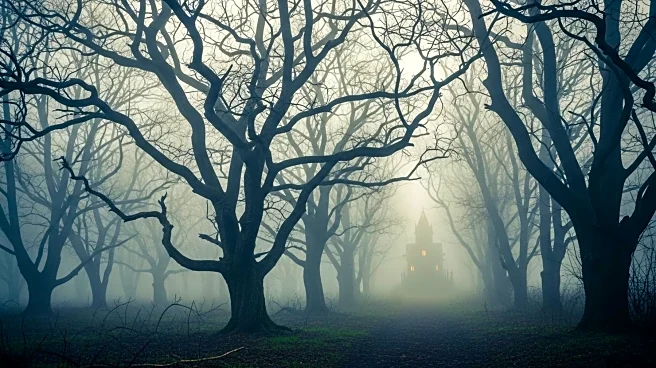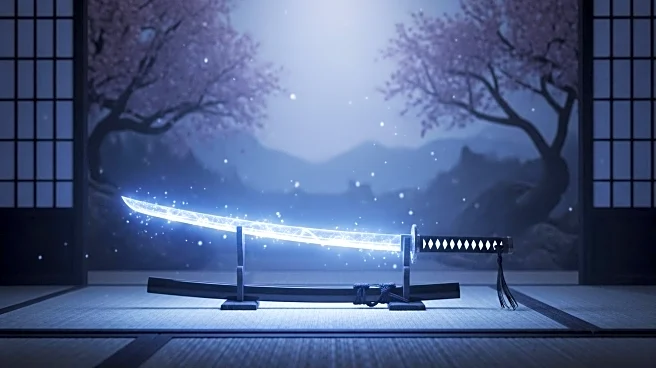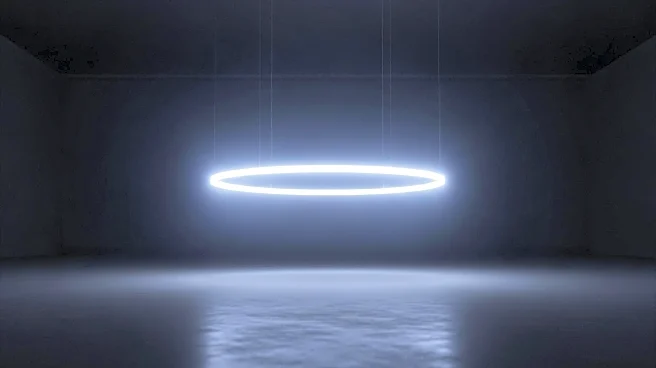What's Happening?
PS Studios is celebrating the launch of Ghost of Yotei on PlayStation 5 by sharing original artwork from various first-party teams. The game, developed by Sucker Punch, has inspired creative tributes from studios like Housemarque, Guerrilla Games, and Sony Santa Monica, each depicting characters from Ghost of Yotei alongside those from other popular PlayStation titles. This tradition of sharing artwork highlights the collaborative spirit within Sony's gaming community and marks the release of a highly anticipated sequel.
Why It's Important?
The artistic celebration of Ghost of Yotei's launch underscores the strong community and collaborative culture within PS Studios. By showcasing artwork from different teams, Sony not only promotes the new game but also strengthens the brand identity of its first-party titles. This approach fosters a sense of unity and shared success among developers, which can enhance creativity and innovation across future projects. Additionally, it engages fans by connecting beloved characters from various games, enriching the PlayStation ecosystem.
What's Next?
As Ghost of Yotei continues to gain popularity, PS Studios may leverage this momentum to promote upcoming titles through similar artistic collaborations. The positive reception of these artworks could encourage more cross-promotional efforts, potentially leading to joint projects or themed events that celebrate the diversity and creativity within Sony's gaming portfolio. This strategy could also inspire other gaming companies to adopt similar practices, fostering a more interconnected and vibrant gaming community.
Beyond the Headlines
The tradition of sharing launch day artwork reflects the growing importance of visual storytelling in the gaming industry. By celebrating new releases through art, studios can create a deeper emotional connection with players, enhancing the overall gaming experience. This approach also highlights the role of artists in shaping the narrative and aesthetic of games, emphasizing the collaborative nature of game development.

